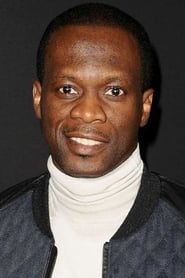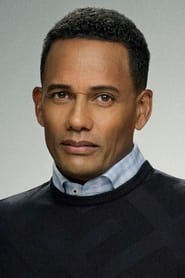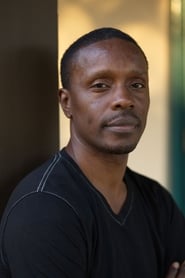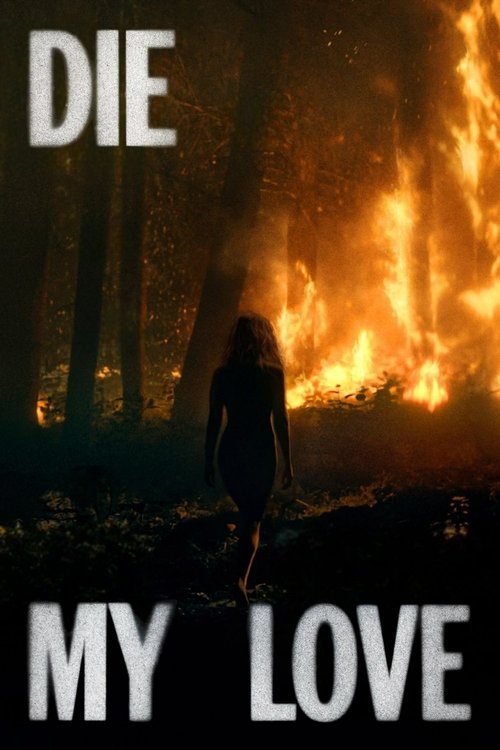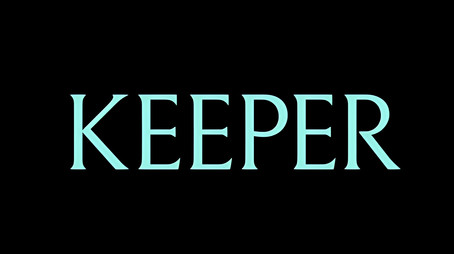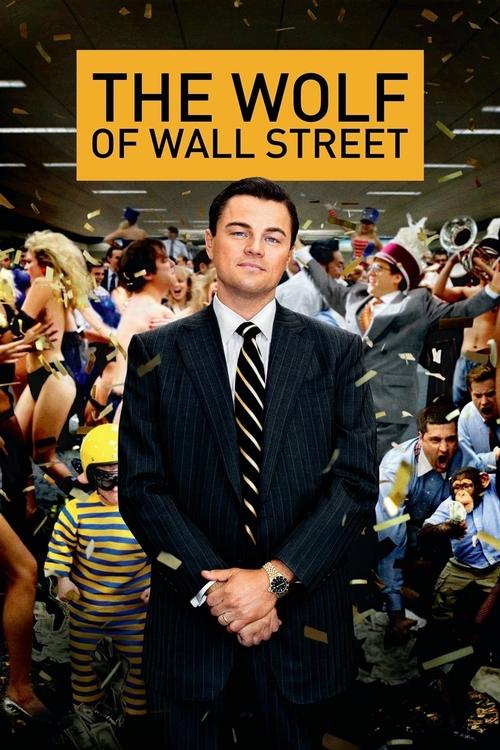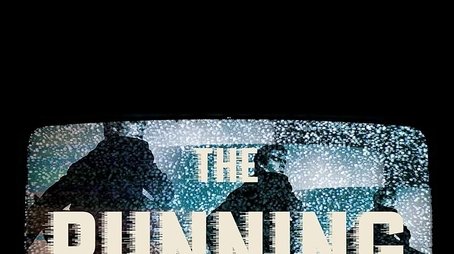
Ask Your Own Question
What is the plot?
Higher Ed (2001) opens in a gritty New York City neighborhood, where Ed Green, a young, talented track athlete, is packing his bags in a tense, hurried atmosphere. The air is thick with the weight of danger--Ed has just crossed a local, sadistic drug dealer, a confrontation that leaves him no choice but to flee. The exact date is unstated, but the early 2000s setting is clear in the fashion and technology around him. Ed's face is a mix of determination and anxiety as he looks around the cramped apartment one last time, knowing this departure is his only chance at a fresh start.
Ed's escape takes him southward, to a college campus that contrasts sharply with his urban past. The Southern college is sprawling and sunlit, a place promising opportunity but also filled with new challenges. Upon arrival, Ed is immediately thrust into the chaos of dorm life, where he meets his roommate, Lil' Bud, played by Aries Spears. Lil' Bud is the quintessential stoner, a source of constant, often absurd comic relief. The dorm room is cluttered with typical college paraphernalia and Lil' Bud's unmistakable haze of smoke. Their first exchanges are awkward, with Ed trying to maintain focus on his scholarship and studies, while Lil' Bud's laid-back attitude threatens to derail his discipline.
Ed's struggle to acclimate is palpable. He is caught between two worlds--the violent past he fled and the unpredictable social dynamics of college life. Early scenes show Ed training on the track field, his athleticism a beacon of hope and a ticket out of trouble. Yet, even here, the pressures mount. Ed's interactions with other students, including Craig (Hill Harper), a fellow student who serves as a peer and sometimes confidant, reveal the complexity of navigating this new environment. Craig's demeanor is calm and measured, a foil to Ed's more intense energy.
Romantic hope arrives in the form of Lisa (Leila Arcieri), a bright and supportive young woman who quickly becomes Ed's anchor. Their scenes together are tender and filled with the promise of connection, a stark contrast to the tension that follows Ed from his past. Lisa's presence softens Ed, revealing a vulnerable side beneath his guarded exterior. Their conversations often revolve around Ed's dreams and fears, with Lisa encouraging him to believe in a future beyond the shadows of his old neighborhood.
However, Ed's past is not so easily left behind. Off-campus, the threat of Mexican gangsters looms, their presence hinted at through furtive glances and whispered warnings. These gangsters are "sniffing around," a constant reminder that Ed's troubles are not confined to his old neighborhood. The tension escalates when Ed encounters them, scenes charged with silent menace rather than overt violence. The film uses these moments to underscore the precariousness of Ed's situation--he is never truly safe.
Throughout the film, Ed's relationship with Lil' Bud evolves from irritation to a strange camaraderie. Lil' Bud, despite his carefree and often irresponsible behavior, becomes an unlikely mentor. His humor and streetwise insights help Ed navigate the absurdities and challenges of college life. Their dorm room is a microcosm of this dynamic--chaotic, unpredictable, but ultimately a place where Ed learns to loosen up and find balance.
The narrative builds toward a climax centered on Ed's confrontation with the lingering dangers of his past. While the film is a comedy and avoids fatal violence, the stakes are real. Ed faces a critical moment where he must choose between succumbing to fear or asserting control over his future. The final confrontation is less a physical battle and more a test of Ed's resolve and growth. Supported by Lisa's encouragement and Lil' Bud's unexpected wisdom, Ed stands firm against the threats.
In the film's resolution, Ed's perseverance pays off. He manages to overcome the intimidation of the gangsters and the shadow of the drug dealer he fled. The campus, once a place of uncertainty and struggle, becomes a symbol of transformation. Ed's journey concludes with a sense of hope and personal growth. The final scenes show Ed on the track field, not just running but thriving, embodying the promise of education and self-improvement.
No characters die in Higher Ed, and all confrontations end without fatal consequences. The film's tone remains comedic and uplifting, emphasizing friendship, resilience, and the possibility of change. Ed's story is one of escape, adaptation, and ultimately, triumph over adversity through the support of new relationships and the pursuit of higher education.
The last moments linger on Ed's face--resolute, hopeful--as the sun sets over the campus, signaling not just the end of a day but the beginning of a new chapter in his life. The film closes quietly, leaving viewers with the message that while the past may haunt, it does not have to define the future.
What is the ending?
In the ending of "Higher Ed," the main characters confront their personal challenges and the consequences of their actions. The film culminates in a series of events that lead to a resolution of their conflicts, with each character finding a path forward in their lives.
As the film progresses towards its conclusion, we see the characters grappling with their choices and the impact of their experiences in college. The protagonist, a young man named "D," faces the reality of his academic struggles and the relationships he has formed. He ultimately decides to take responsibility for his future, leading to a moment of self-discovery and growth.
In the final scenes, D and his friends come together to celebrate their achievements, despite the hurdles they have faced. They reflect on their journey, acknowledging the lessons learned and the bonds formed during their time in college. The film ends on a hopeful note, suggesting that while the path to adulthood is fraught with challenges, it is also filled with opportunities for growth and connection.
Now, let's delve into the ending in a more detailed, chronological narrative.
As the climax of "Higher Ed" unfolds, we find D standing at a crossroads. He has just received his final grades, and the weight of his academic performance hangs heavily on his shoulders. The camera captures the tension in his expression, a mix of anxiety and determination. He knows that this moment will define his future, and he feels the pressure from his peers and family.
In a pivotal scene, D gathers his friends in their usual hangout spot, a small, cluttered apartment filled with remnants of their college life. The atmosphere is charged with a blend of excitement and apprehension. Each character shares their own struggles, revealing vulnerabilities that have been hidden throughout the film. D listens intently, his heart swelling with empathy as he realizes that they are all in this together.
As the conversation deepens, D stands up, his voice steady but filled with emotion. He expresses his desire to take control of his life, to not let fear dictate his choices any longer. His friends rally around him, offering support and encouragement. This moment of solidarity is visually striking, with close-ups capturing the expressions of hope and determination on their faces.
The next scene shifts to a graduation ceremony, where D and his friends don their caps and gowns. The atmosphere is celebratory, yet tinged with nostalgia. As they walk across the stage to receive their diplomas, the camera pans over the audience, capturing the pride in the faces of their families. D's heart races as he hears his name called, and he steps forward, a sense of accomplishment washing over him.
After the ceremony, the group gathers outside, the sun shining brightly as they take in the moment. Laughter and cheers fill the air as they reminisce about their time together. D looks around at his friends, feeling a profound sense of gratitude. He realizes that despite the challenges they faced, they have emerged stronger and more connected.
In the final moments of the film, D stands apart from the group, gazing into the distance. The camera captures his contemplative expression, hinting at the uncertainty of the future but also the promise it holds. He takes a deep breath, a smile breaking across his face as he turns back to his friends, ready to embrace whatever comes next.
The film concludes with a montage of the characters moving forward in their lives, each finding their own path. D is shown pursuing further education, while his friends embark on various journeys, each reflecting the growth they have experienced. The screen fades to black, leaving the audience with a sense of hope and the understanding that while the road ahead may be challenging, it is also filled with potential and new beginnings.
Is there a post-credit scene?
In the movie "Higher Ed," produced in 2001, there is no post-credit scene. The film concludes without any additional content or scenes after the credits roll. The story wraps up with the main characters having resolved their conflicts and moved forward in their lives, leaving the audience with a sense of closure.
What challenges does the character of Darnell face in his pursuit of higher education?
Darnell, portrayed as a determined yet struggling student, faces numerous challenges in his pursuit of higher education. He grapples with financial difficulties, as he must balance his studies with the need to support his family. Additionally, Darnell encounters academic pressures, feeling the weight of expectations from both his peers and professors. His journey is marked by moments of self-doubt and the struggle to find his place in a competitive academic environment.
How does the character of Professor Hargrove influence the students in the film?
Professor Hargrove serves as a pivotal figure in the film, embodying the ideal mentor. He is passionate about education and genuinely cares for his students' success. His teaching style is engaging, often pushing students to think critically and challenge themselves. Hargrove's influence is particularly evident in Darnell's development, as he encourages him to embrace his potential and confront his fears, ultimately guiding him toward personal growth.
What role does the character of Lisa play in Darnell's life and academic journey?
Lisa, Darnell's love interest, plays a significant role in his life and academic journey. She represents both a source of motivation and emotional support for Darnell. Throughout the film, Lisa encourages him to pursue his dreams and provides a sense of stability amidst his struggles. Their relationship is tested by the pressures of school and life, but ultimately, Lisa's unwavering belief in Darnell helps him to stay focused and determined.
What specific events lead to Darnell's moment of realization about his true potential?
Darnell's moment of realization about his true potential is catalyzed by a series of events throughout the film. Key moments include a particularly challenging exam that he initially fears but ultimately excels in, thanks to Professor Hargrove's guidance. Additionally, a heartfelt conversation with Lisa, where she expresses her faith in him, serves as a turning point. These experiences culminate in Darnell's newfound confidence, allowing him to embrace his academic journey with renewed vigor.
How does the film depict the theme of friendship among the students?
The film depicts friendship among the students through various interactions and shared experiences. Darnell and his peers form a tight-knit group that supports one another through academic challenges and personal struggles. Key scenes showcase their camaraderie, such as late-night study sessions and moments of celebration after achieving milestones. The friendships are tested by competition and individual ambitions, but ultimately, they highlight the importance of solidarity and mutual encouragement in navigating the trials of higher education.
Is this family friendly?
"Higher Ed," produced in 2001, is a comedy that revolves around the lives of college students and their experiences. While it has humorous elements, there are several aspects that may be considered objectionable or upsetting for children or sensitive viewers:
-
Language: The film contains instances of strong language, including profanity, which may not be suitable for younger audiences.
-
Sexual Content: There are scenes that involve sexual innuendos and suggestive situations, which may be inappropriate for children.
-
Substance Use: The portrayal of alcohol consumption and drug use is present, reflecting typical college life, but it may be concerning for sensitive viewers.
-
Mature Themes: The film touches on themes of relationships, peer pressure, and the challenges of college life, which may be complex for younger viewers to understand.
-
Conflict and Tension: There are moments of conflict between characters that may evoke feelings of discomfort or anxiety, particularly in scenes involving bullying or rivalry.
These elements contribute to a tone that may not be entirely family-friendly, making it more suitable for older teens and adults.



